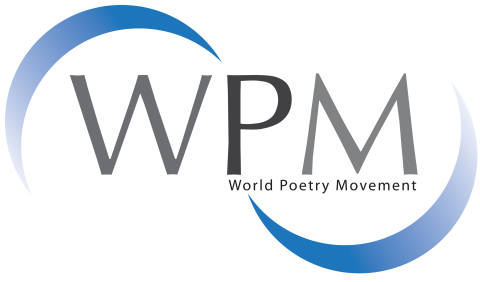By Katharine Coles
During the last week in June of this year, the US Supreme Court, with its Republican-appointed majority, upheld equality in marriage for all adult couples, and our White House was bathed in colors of the rainbow. The Court affirmed the (yes, slow and inadequate) movement toward universal health care in our country and ruled against institutionalized discrimination in housing.
Meanwhile, we were closing out the hottest month of June ever in my hometown of Salt Lake City, a month that followed the warmest winter on record. In an example of climate change made visible, the calla lilies I plant every year along my walk—as annuals, because my hometown is far too cold for them to survive the winter—were coming up again, as if perennial. Until I began paying attention, I didn’t even realize what they were.
Meanwhile, we were burying the victims of a terrorist hate crime in North Carolina, in honor of whom our African-American president launched into an off-key and beautiful version of “Amazing Grace,” a song written by a slave trader converted to abolitionist by his newly gained ability to see, that I couldn’t watch or hear without weeping. Meanwhile, the violence that has engulfed the world—violence in which my country is deeply implicated—continued.
Meanwhile, neuroscientists are arguing in the New York Times about whether or not brains act like computers. Lichens may or may not be immortal. Cuba and the US are reopening their diplomatic relations. Meanwhile, meanwhile.
What, you might ask, does this have to do with my career as an educator?
If I am interested in all of these events, I believe they all belong in my poems, perhaps at the same time. I believe in poetry as the art which, as Mark Strand puts it, tells us, “in so many words, exactly where we are.” I believe in it as a mechanism not for explaining but for perceiving and understanding the world in which we live. It works for me much the way my eyes, ears, and hands do, as a sensory organ, the organ of my continuous education as a human.
If indeed, as Martin Luther King tells us, “the arc of the moral universe is long, but it bends toward justice,” one of the ways we bend it is through poetry—through its discipline, its ability to attend and to see, its shaping of our perceptions, its commitment to the truth.
Commitment to the truth, however complicated and difficult: if, as I believe, this is at the heart of poetry, it must also be at the heart of our teaching. But how does one teach this? Not only to use the poem as a sensory organ, but also, before that, to design it as one?
My teaching in poetry arises out of my own work and my relationship to my work. For this reason, it is always evolving, as I evolve as a poet and as my priorities change. It began as a strictly academic practice—first as a graduate student, then as a professor—engaging students ranging from first-semester college students to advanced PhD students. Eventually, I also became a director, chairing a small English Department at Westminster College, then for some years leading the Creative Writing Program at the University of Utah. In these positions, I was far less engaged in imposing my own vision and pedagogical will than in attending to, channeling, and responding to the visions of other faculty and of students in the programs. Especially as Poet Laureate of my home state of Utah, I have done intensive teaching in the community, working with school children, retirees, church groups and poetry clubs, incarcerated youth and adult prisoners. Each of these audiences is different, and each brings a different set of expectations and desires to the poetry classroom. But for me, though the approach differs, the goals in every classroom are aligned.
In my position statement for this event, I said, “The poem provides the space in which change performs itself.” In this, the poem provides the space for each poet, each student of poetry (myself included, every day), to change herself, to enact the internal change that makes a difference in the world. How, then, does a teacher approach this problem: leading students of poetry, who often wish most of all to solidify themselves into what they hope will become their final versions (little do they know), to retain the openness they need to hold onto if their poetry is to be alive in the world?
“To succeed ultimately,” the statement continues, “the poem must become its own being, subject like the rest of us to change with each encounter. The change occurs as the poem connects the poet to the world through perception and thought.”
Poets, and students of poetry, must continually learn and relearn the act of perception, of connecting themselves and their work through attention and the grace of seeing to what the world offers up. If the poem is an act of paying attention, as I believe it is, then I must first help my students learn to attend, in very close and precise ways, to poems themselves: first to the poems of others, then (this is more difficult) their own poems. Once they are able to do this (though learning and relearning how to do it is a lifelong process), I try to help them learn how to use poems, these beautiful and accurate lenses, to focus their attention on the world, which includes but also exists beyond themselves, and to portray what they see. Within this elaborate construct—the careful and loving making of the instrument, then its use to perceive and understand—build pressures of change. This, for me, is the ultimate goal of poetry education, which begins in the poem itself, its techniques and habits, its radical attentions.




